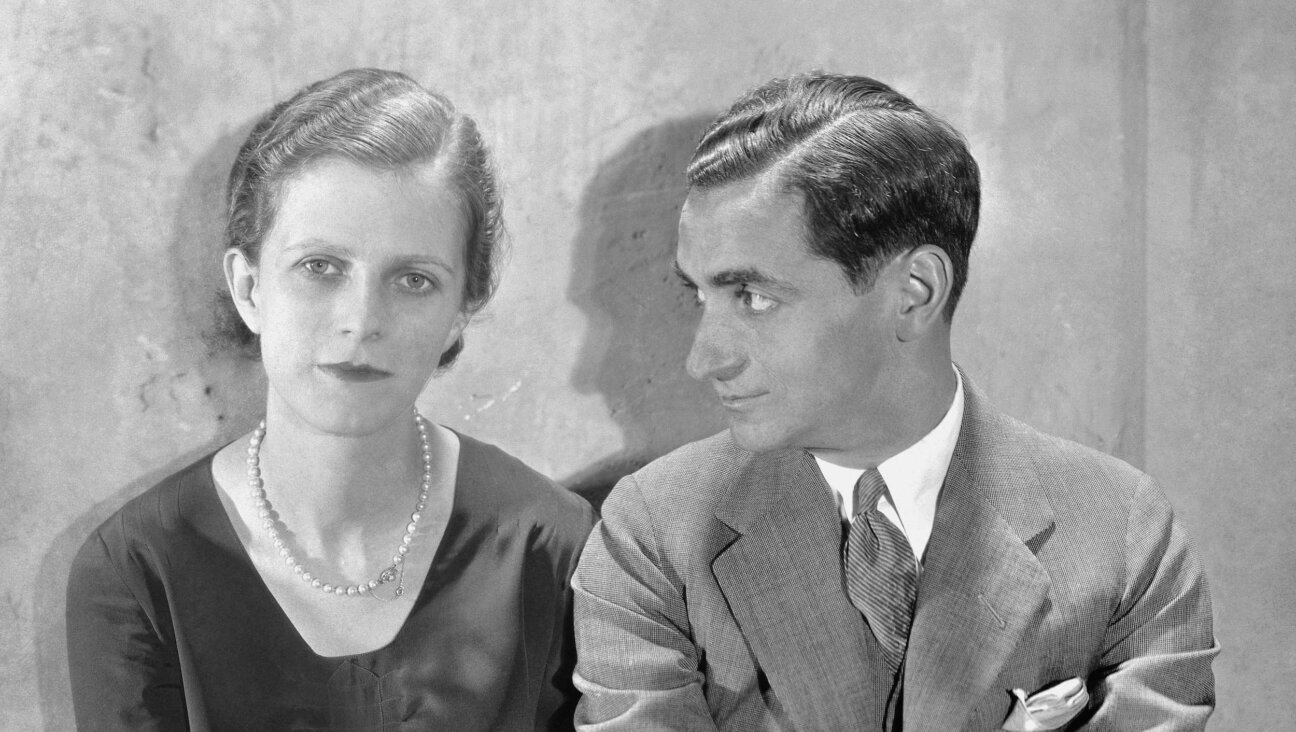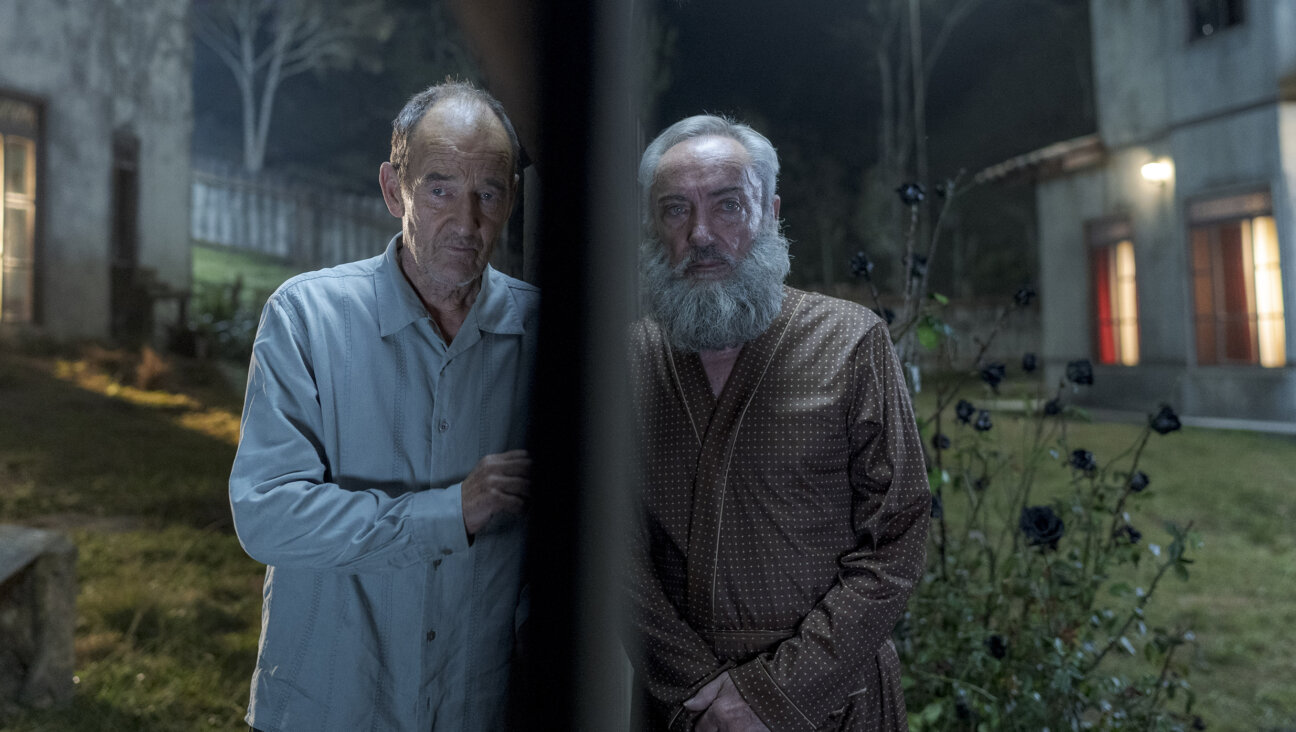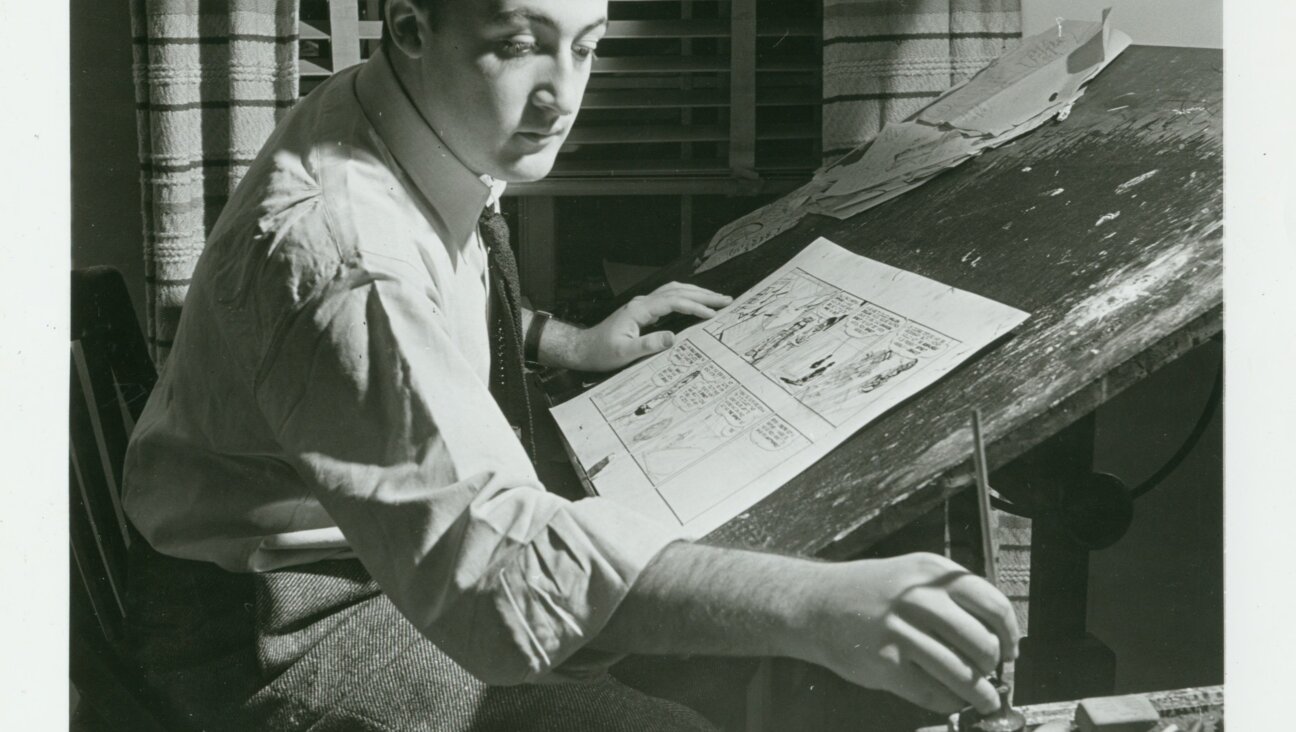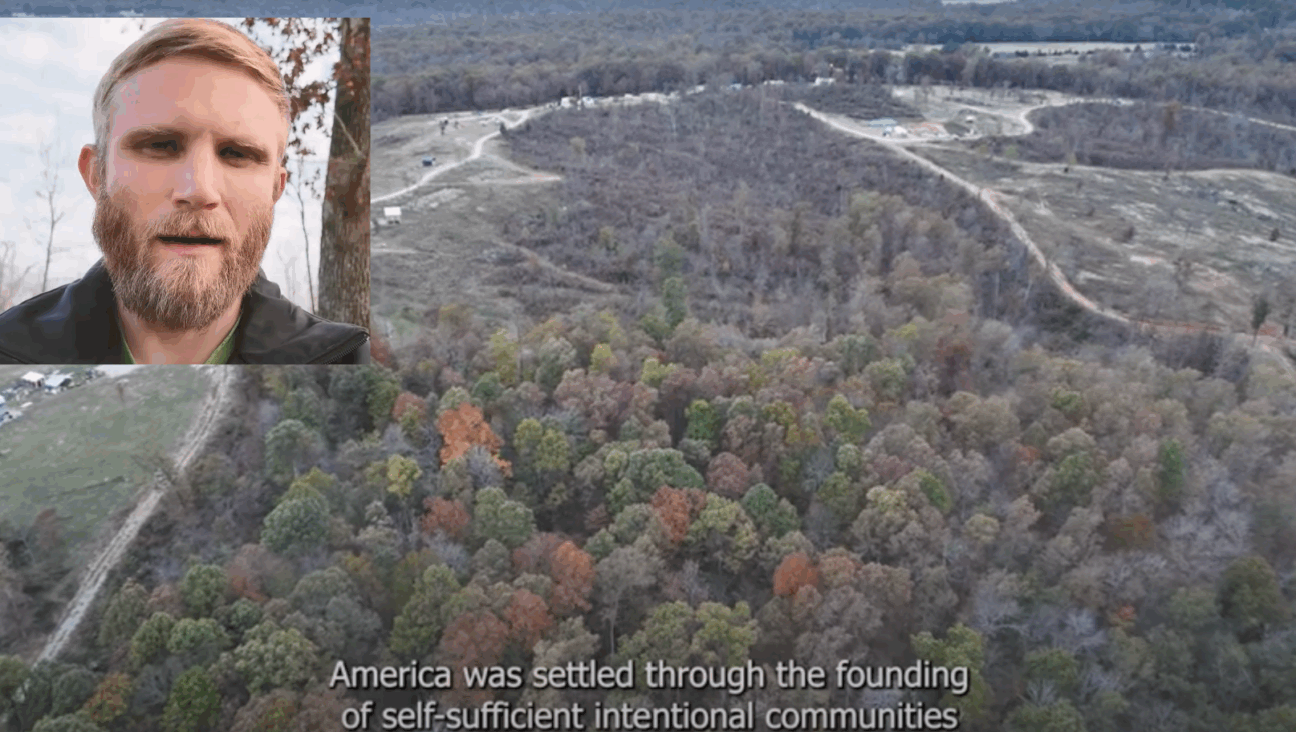Negotiating between heroism and collaboration, a kindergarten teacher sought to save lives in the Holocaust

View Through Barbed Wire Fence: A view at the former Auschwitz Birkenau site on January 27, 2022 in Oswiecim, Poland By Getty Images
The Nazis Knew My Name
By Magda Hellinger with Maya Lee and David Brewster
Atria Books, 320 pages, $27
In his 1986 essay collection, “The Drowned and the Saved,” Auschwitz-Birkenau survivor Primo Levi famously discussed a “grey zone” of moral “ambiguity and compromise” during the Holocaust. Among its inhabitants, he suggested, were concentration camp prisoners whose status in the hierarchy provided some authority and agency. Their challenge was to remain in the good graces of the murderous SS guards and officials who controlled their fate.
Magda Hellinger, a Slovakian Jewish kindergarten teacher imprisoned at Auschwitz-Birkenau when she was 26, seems to have been particularly adept at that balancing act. According to her own testimony, and that of other witnesses, Hellinger used her unsought leadership positions to save lives wherever she could. Yet after the war some of the women she helped remembered being slapped or threatened and accused her of collaboration with the Nazis. No accusation ever stuck.
It’s a complicated subject for sure. Even the title of Hellinger’s coauthored posthumous memoir, “The Nazis Knew My Name,” is more charged than it appears. At first blush, it suggests Hellinger’s importance and proximity to power. But it’s also a reminder that most Auschwitz inmates were identifiable to their jailers only by the numbers tattooed on their arms.
At 87, Hellinger (who died in 2006, at 89) self-published an account of her experiences. She also contributed audio and video testimonies to various archives, which convinced her daughter, Maya Lee, that there was more to the story. Lee embarked on additional research, and enlisted David Brewster as a writer. Apart from Lee’s introduction and final chapters, the narrative remains in Hellinger’s matter-of-fact voice. She relates a picaresque catalog of death-defying near misses, in which luck, heart, cleverness and personality all seem to have played a role.

Telling Her Story: At 87, Hellinger (who died in 2006, at 89) self-published an account of her experiences. She also contributed audio and video testimonies to various archives, which convinced her daughter, Maya Lee, that there was more to the story. Courtesy of Maya Lee
Hellinger describes her early life as happy and tranquil. Her father taught Jewish history and German, and her own German fluency would serve her well. She became a leader in the Zionist youth movement and established a kindergarten. Working as an assistant to a physician, she also learned some rudimentary first aid.
When she was just eight, a rabbi told her mother that Hellinger would “save hundreds and hundreds of Jewish souls.” That prediction became her mantra.
Deported to Auschwitz from eastern Czechoslovakia in March 1942, Hellinger was among the camp’s first Jewish prisoners. The arrival was shocking and disorderly, and inmates faced brutal work, scarce food and endless roll calls.
“I made a decision,” Hellinger writes, “to stay as positive as I could and to encourage those around me to work together.”
Her good German and gutsiness won the respect of SS guards and their bosses. The guard Irma Grese, later dubbed “the Hyena of Auschwitz,” began to rely on her as a confidante. Grese whipped prisoners only when Hellinger wasn’t around to watch. Yes, Grese was evil, Hellinger writes, but also “vulnerable and impressionable” and subject to manipulation.
.
After a few months, Hellinger was moved with other women to Birkenau, still unfinished and even less fit for habitation than Auschwitz — muddy and unsanitary, with barracks akin to stables.
Her first stint as a block leader – “not a job you could turn down” — involved a group of French women. Later she oversaw Polish women. In each case, she did her best to explain the routines of camp life. Back in Auschwitz, she was put in charge of Experimental Block 10, where women were subjected to hideous medical experiments, including excruciating sterilization techniques. At night, she tells us, the women performed cabaret shows to boost morale.
The pinnacle of Hellinger’s leadership roles was as the “elder,” or overseer, of Birkenau’s Camp C, where she coordinated food distribution and hygiene for 30,000 female prisoners.
“How could I make this inescapable hell just a little less hellish?” she says she asked herself.

A Story of Survival: “The Nazis Knew My Name” tells the story of Magda Hellinger, who used her modest power to save lives. By Atria Books
The major claim of “The Nazis Knew My Name” is that Hellinger used her modest power heroically, to save lives, often at the risk of her own. Her most daring actions involved repeatedly steering women away from lines leading to the gas chambers. One time she even emptied a barracks of 800 girls “no older than 16” who were supposed to be gassed the next day. Because of her savvy, and the relationships she formed with top Nazis, she was sometimes able to transfer women in peril to safer parts of the camp.
Even in a concentration camp, there is karma. Hellinger’s reputation for altruism and her repeated aid to others saved her own life. At one point, a German prisoner she knew pulled her off the ramp of a truck headed for the gas chambers. Inmates protected her when she had typhus and couldn’t make roll call. When she was punished by confinement to a standing cell, making sleep impossible, male prisoners pitched in during the day to complete her work assignments.
There was some genuine good fortune, too: Thanks to the whim of an intoxicated guard, she met an inmate, Béla Blau, whom she would eventually marry.
As the war ground to an end, Hellinger endured death marches, illness and other concentration camps with even more dire conditions – a numbing parade of horrors. Finally, she and Blau were reunited: a happy ending.
Here Lee picks up the narrative and describes her parents’ postwar life: the Communist confiscation of their business in Czechoslovakia followed by immigration to Israel and then Australia. In Melbourne, the family found “stability and opportunity” within a supportive community of Slovakian Jewish survivors.
Lee describes her mother as always forward-looking. But, as she aged, Hellinger finally turned back to her Holocaust memories. “This,” Lee writes in her dedication, “is the story she always wanted to tell.” It’s one worth hearing.
Julia M. Klein, the Forward’s contributing book critic, has been a two-time finalist for the National Book Critics Circle’s Nona Balakian Citation for Excellence in Reviewing. Follow her @JuliaMKlein















